By John Pedler
Published: Wednesday, July 26, 2023
When boundary rider Charles Rasp found lead and silver on Mt Gipps sheep station in 1883, it’s unlikely he predicted the global impact of his discovery.
Together with the station manager and five others, they formed the Broken Hill Mining Company, which later became Broken Hill Proprietary Company Limited (BHP).
In its mining heyday, Broken Hill was one of the world’s leading producers of lead, zinc and silver. By 1915 the city’s population had peaked at 35,000, making it the second-largest town in New South Wales behind Sydney.
These days, mining in Broken Hill is undertaken on a much smaller scale, but this unique city on the edge of the outback still has much to offer.
Around town
While working in the South Australian outback in the early 1900s, missionary John Flynn saw the need for health care in remote areas. After years of campaigning, the first Aerial Medical Service plane departed from Cloncurry, Queensland in 1928.
Now known as the Royal Flying Doctor Service (RFDS), its fleet has grown to 79 planes and RFDS staff make more than 1000 patient contacts a day.
The Royal Flying Doctor Outback Heritage Experience is a fascinating insight into the history and operation of this invaluable service, and includes a close-up encounter with some of the fleet.
For the ambience and decor of the 1950s, head for Bells Milk Bar at 160 Patton Street. Settle in for a sundae or choose from a variety of milkshake flavours, including blue moon, hazelnut café and peppermint éclair.
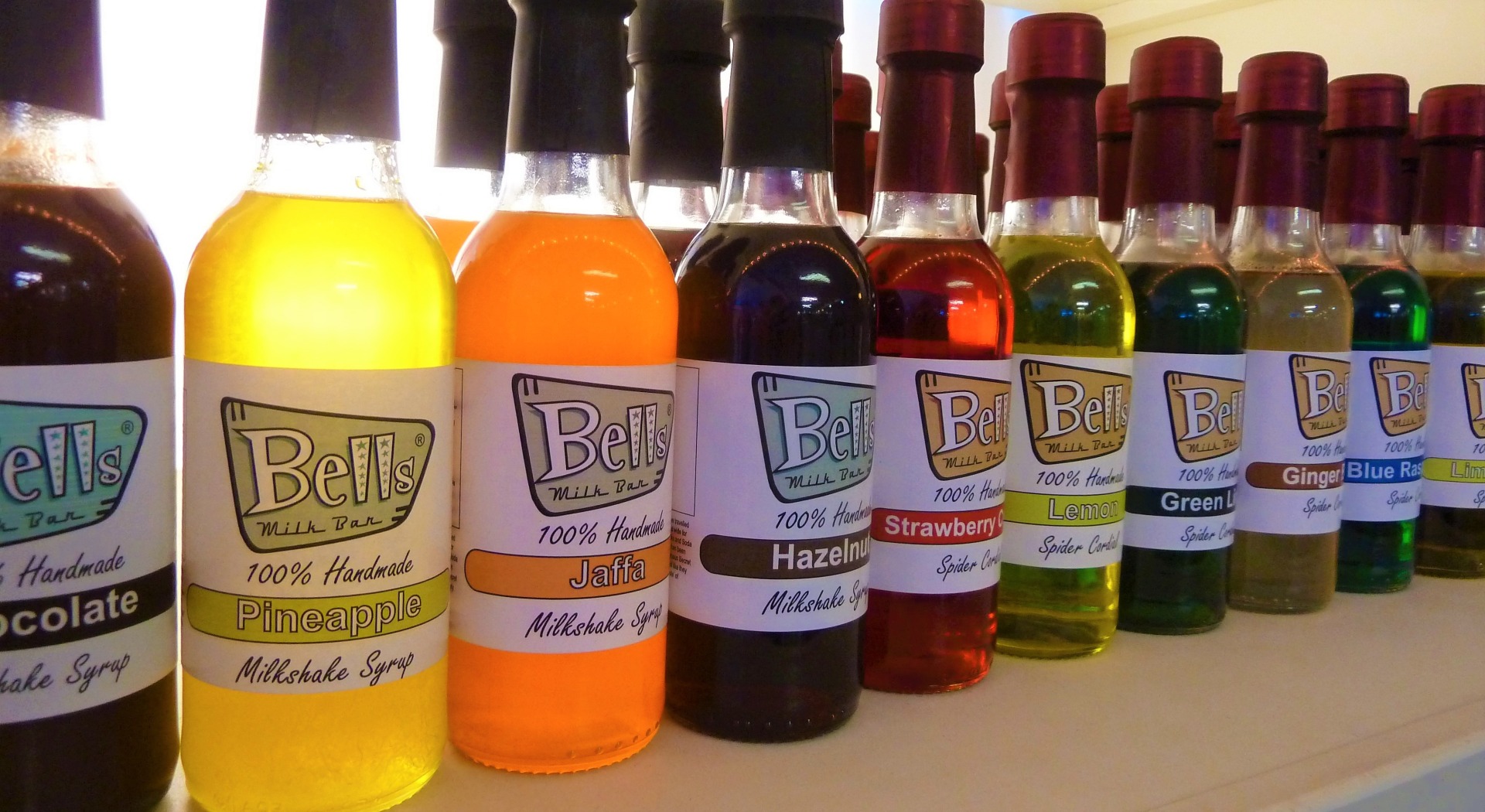
The names of more than 800 miners who’ve lost their lives, mostly through disease and accidents, are inscribed on glass panels inside the Line of Lode Miners’ Memorial. Sitting atop the massive, 30m-high mullock heap that dominates Broken Hill’s skyline, this striking, rusted-iron monument highlights the hazards of mine work.
Looking back
The Sulphide Street Railway and Historical Museum shines a light on the region’s colourful past. Outside, there’s an impressive collection of old trains, including an 1888 steam locomotive and the very art deco Silver City Comet, which travelled the rails between Broken Hill and Parkes from 1937 to 1989.
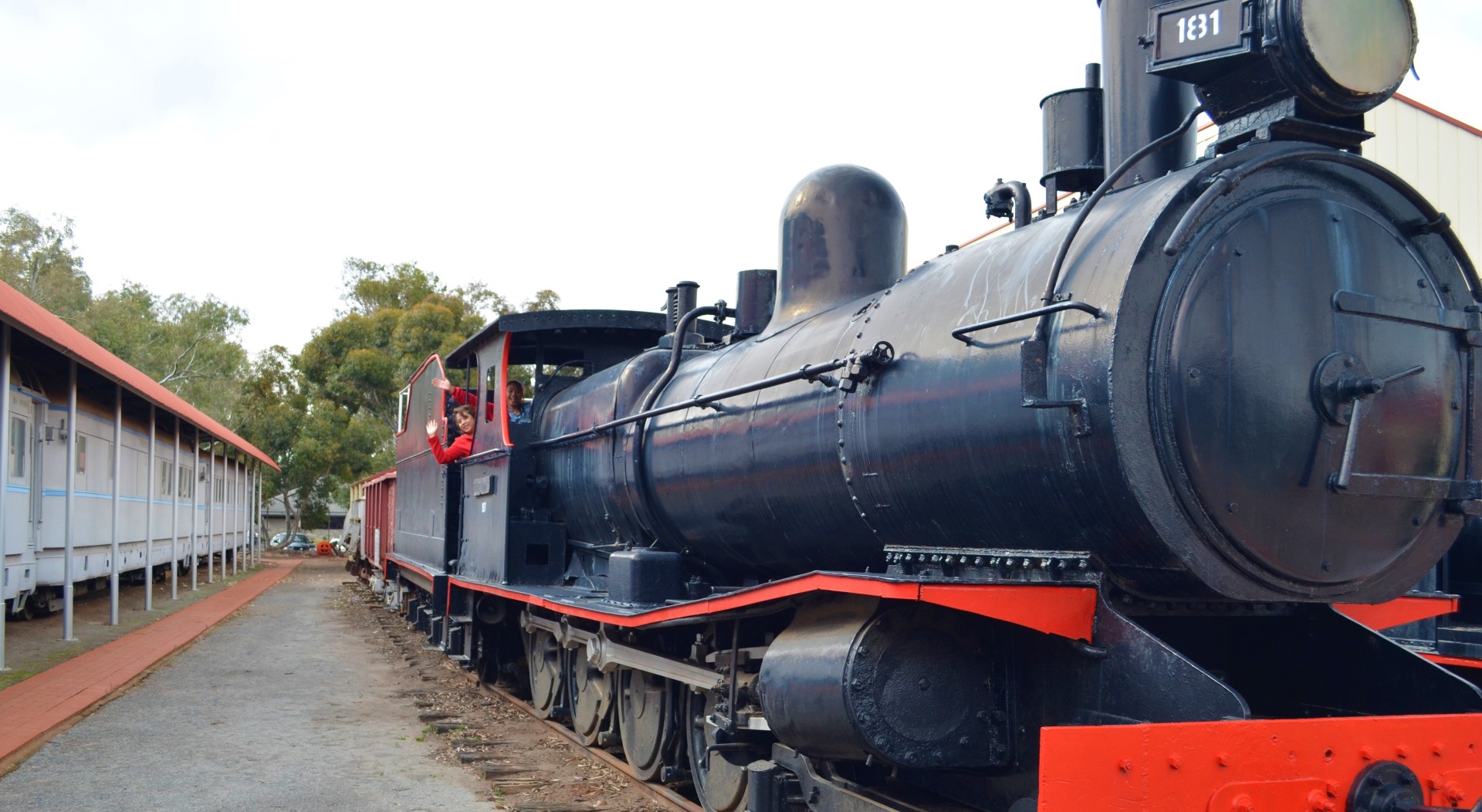
Head inside to discover a cornucopia of artefacts, including horse-drawn buggies, rail workers’ vehicles and Broken Hill’s first ambulance. Little more than a covered stretcher on wheels, it was bought by BHP in 1890 to save patients the torture of transport by bullock dray.
The museum’s hospital section has plenty of antiquated surgical equipment to horrify a modern medico. The immigration exhibits recount the fear, hope and excitement of new arrivals, many of whom were fleeing poverty, persecution and war-torn Europe.
Immigrant Olga Zanette said of her boat trip: “One night the water was coming to the level of the window and it was like mud. The ship was swaying and I said, ‘We’ll drown tonight!’”
Another migrant, Spiros Niarros, had a slightly different view. “I sailed on the Greek ship Tasmania. There were five hundred men and two thousand girls! I had a fantastic time and I didn’t want the trip to end.” Photos and artefacts help bring these stories to life.
Mining buffs can head across the road to Kintore Reserve and wander among old equipment, including the whopping Kintore headframe and winding drum.
At the end of Oxide Street, beneath the town’s mullock heap centrepiece, all that remains of the original BHP office is a stone chimney and plaque. West of here, just off Menindee Road, the aging ore bins and landing brace at the Junction Mine are an evocative reminder of Broken Hill’s mining’s past.
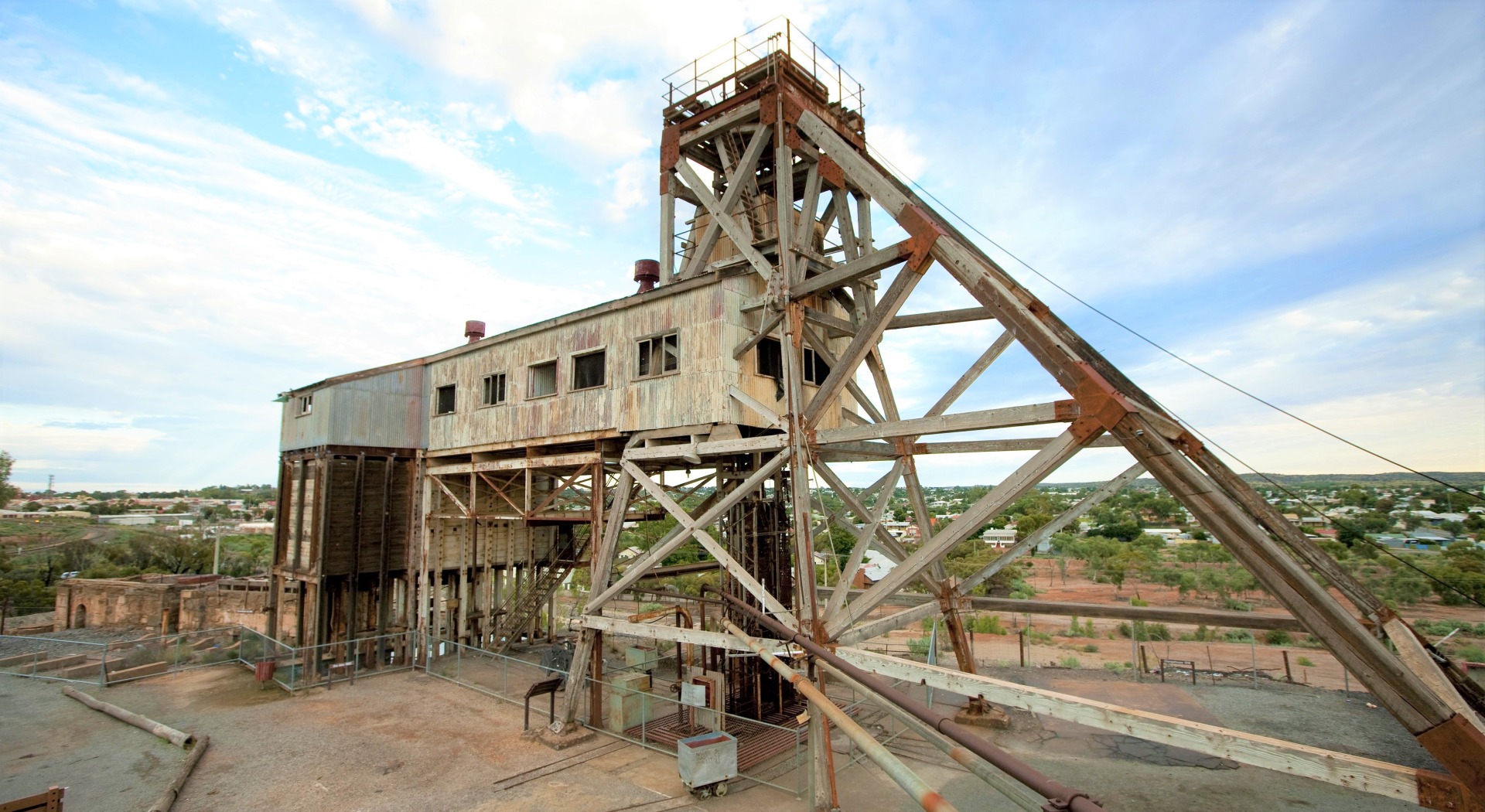
The artists
Broken Hill has attracted a variety of artists over the years, and there are several galleries dotted around town. The multi-level Pro Hart Gallery shows off Pro’s unique style, and tells the story of the local boy who became an internationally renowned painter. Check out the Rolls Royce-turned-painter’s canvas in the carport.
Pro was also a sculptor, and you’ll find a couple of his quirky pieces – The Workers and The Ant— in the Lions Park across the road from the Sulphide Street Railway and Historical Museum.
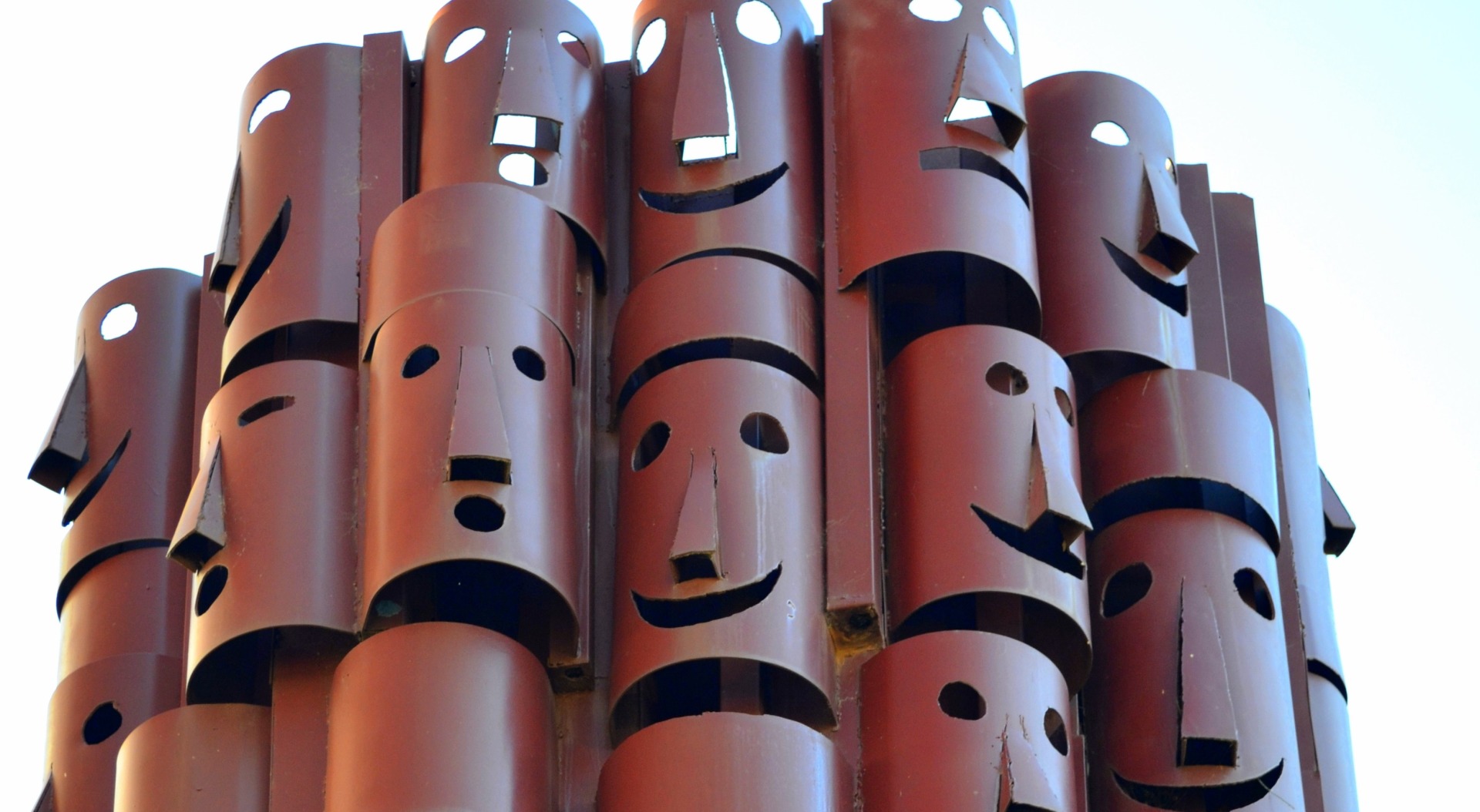
There are also galleries dedicated to the works of Howard Steer (aka the Flying Doctor Artist), bushman, painter and adventurer, Jack Absalom, and Pro Hart’s daughter, Julie Hart. Housed in a heritage-listed building in Argent Street, the Broken Hill Regional Art Gallery exhibits a diverse range of artwork from Australia and overseas.
For a mix of art and desert views, drive 12km north of town on a sealed road to the Living Desert State Park. Fifty-three tonnes of sandstone was used to carve a dozen sculptures on a small rise in the heart of the bush. Stick around for a great outback sunset.
There are picnic and camping areas (booking required), with barbecues, on site.
The other silver city
Only 26km from Broken Hill on a sealed road, the town of Silverton sprung up following a silver rush to the area in 1880. By the mid-1800s it had a population of 3000, but when greater riches were found at Broken Hill, the town was all but deserted.
About 50 people have remained and most of them are involved in tourism. It’s edge-of-the-outback feel has made it a popular location for commercial and movie productions. Mad Max 2, Wake in Fright, Mission Impossible ll and The Adventures of Priscilla, Queen of the Desert are among many films with scenes shot locally.
The Mad Max 2 Museum houses plenty of authentic memorabilia from the dystopian classic, as well as two replicas of the famous Interceptor muscle cars.
While you’re in town, drop into the Silverton Hotel – a movie star in its own right – for a meal and a drink. Just up the street, check out artist John Dynon’s quirky gallery and equally quirky outback paintings.
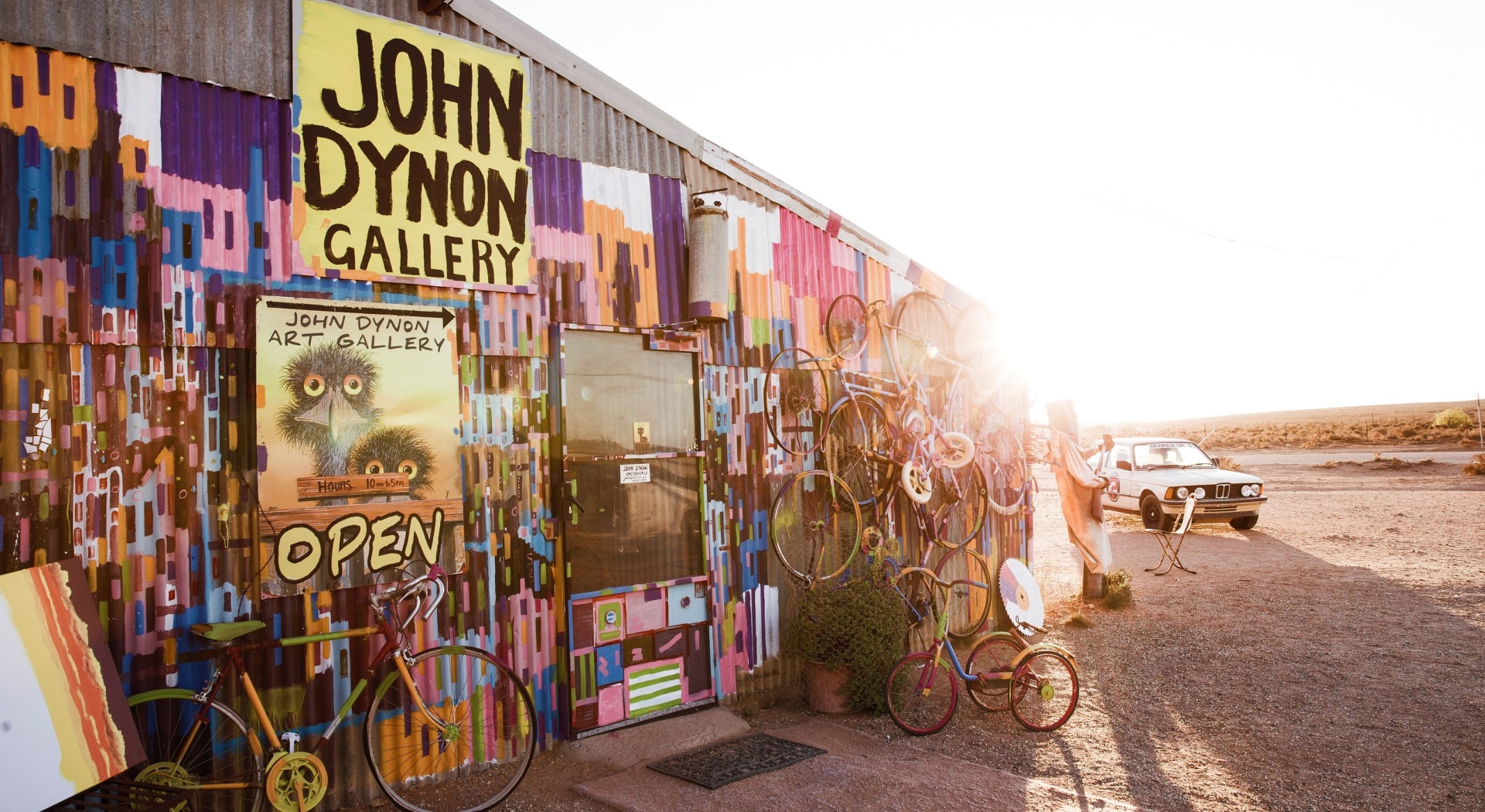
The nearby Mundi Mundi Plains also owe their fame to the shenanigans of Max and his nemeses. The long stretch of roadway crossing the desolate plain was the site of the movie’s iconic tanker crash scene.
In 2022, this remote location hosted the inaugural Mundi Mundi Bash music festival, with the 2023 instalment already sold out.
If you’re still keen for a shindig, the Priscilla Queen of the Desert-inspired Broken Heel Festival rolls into the big silver city for five days from 7 – 11 September.